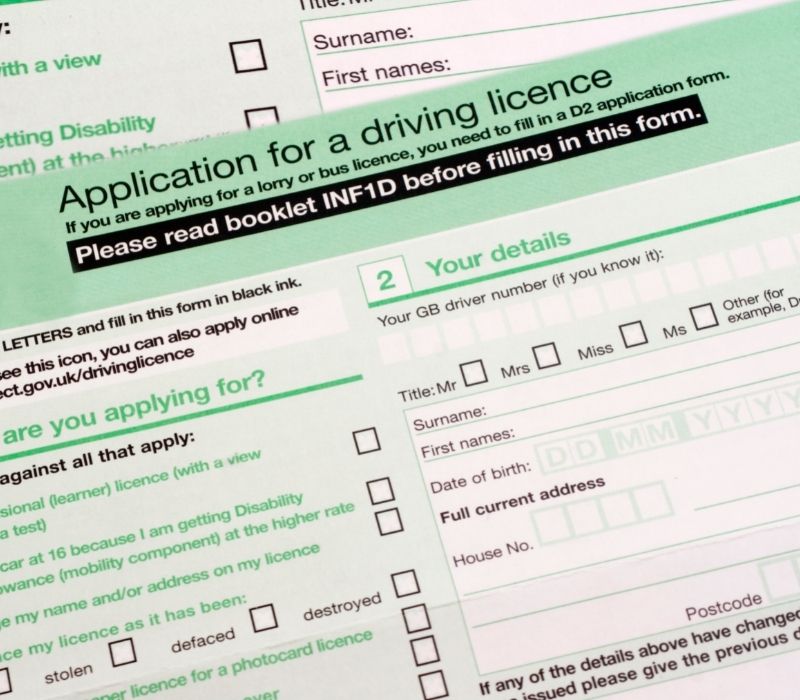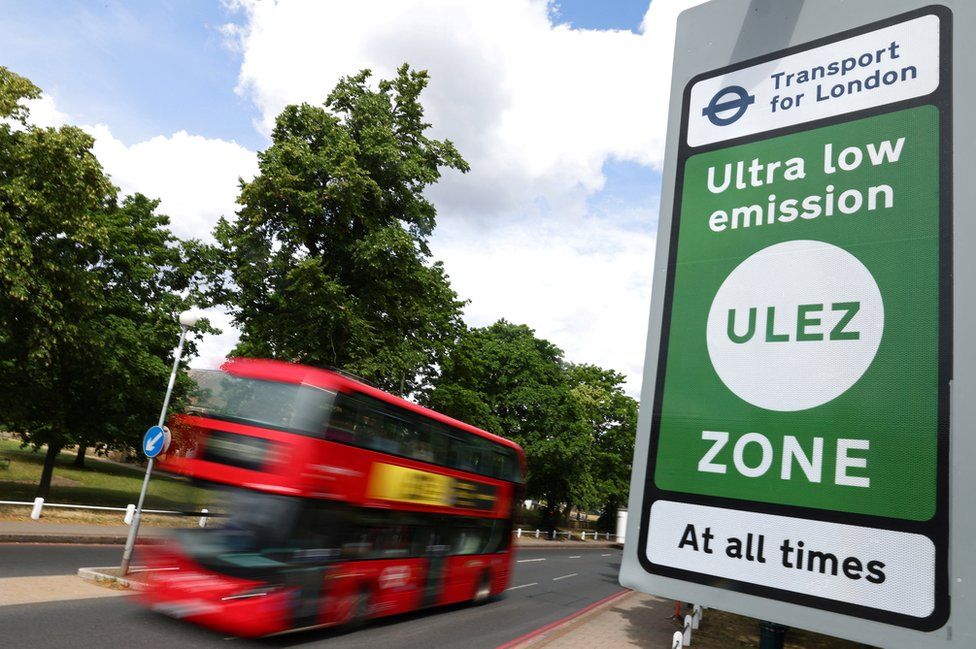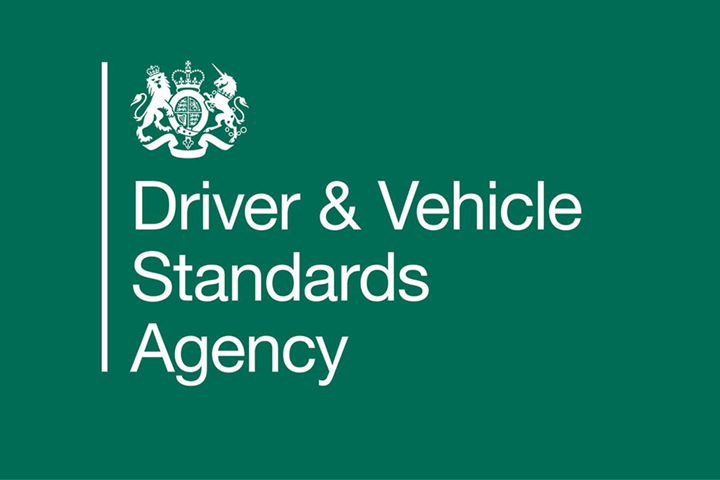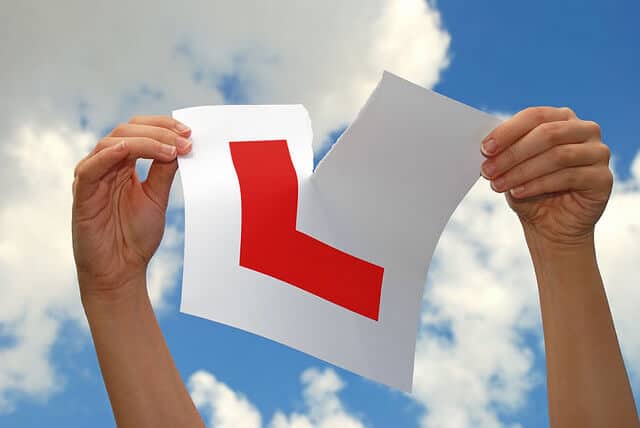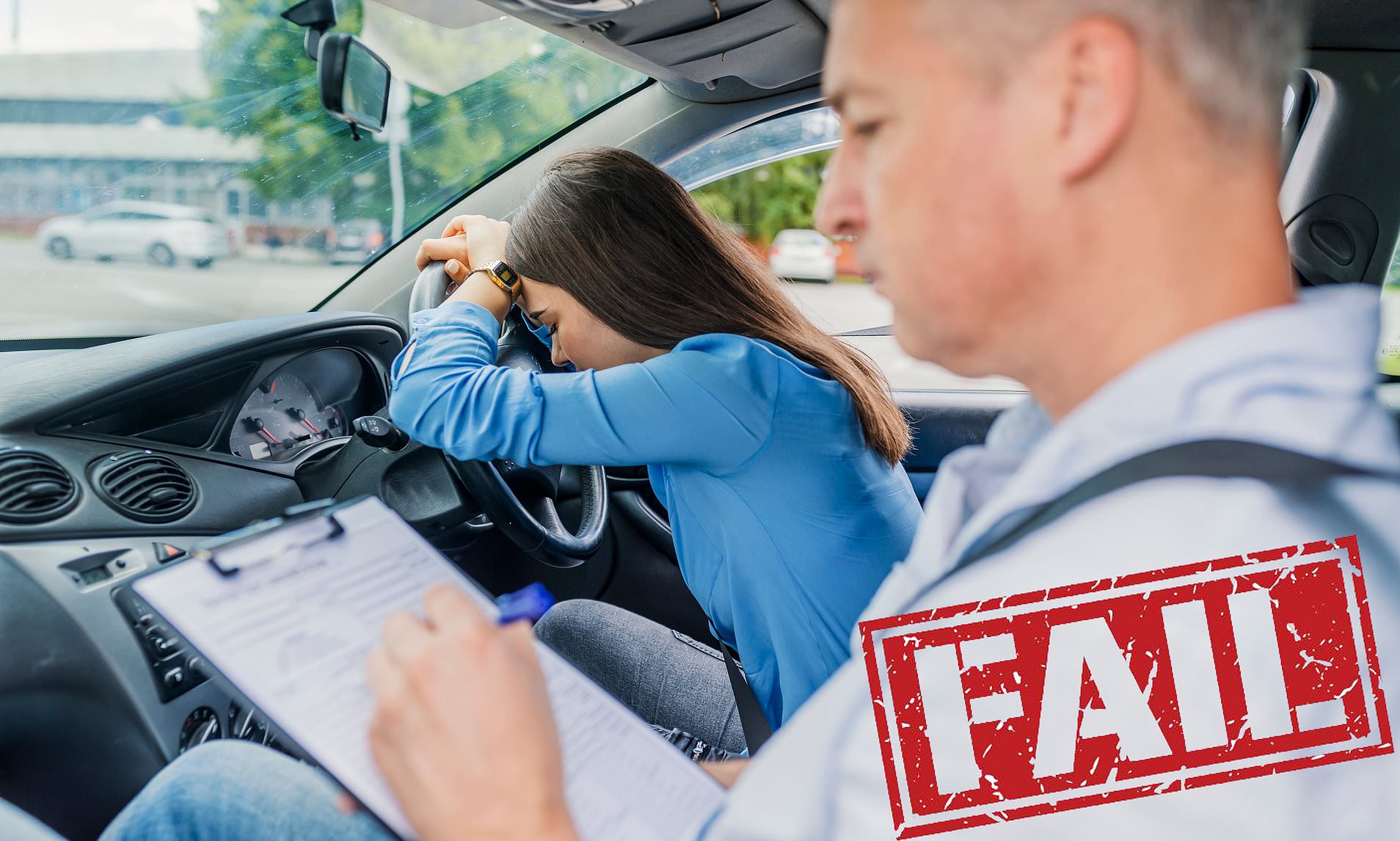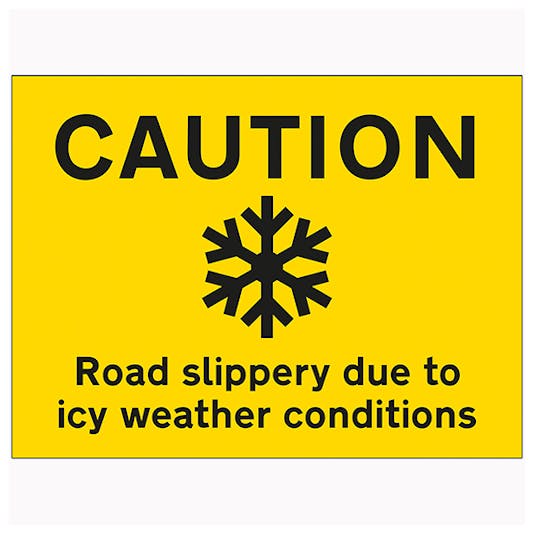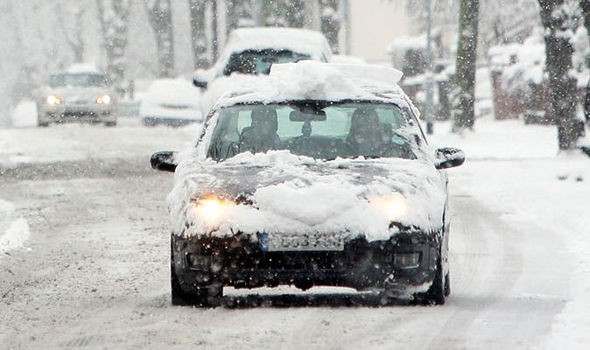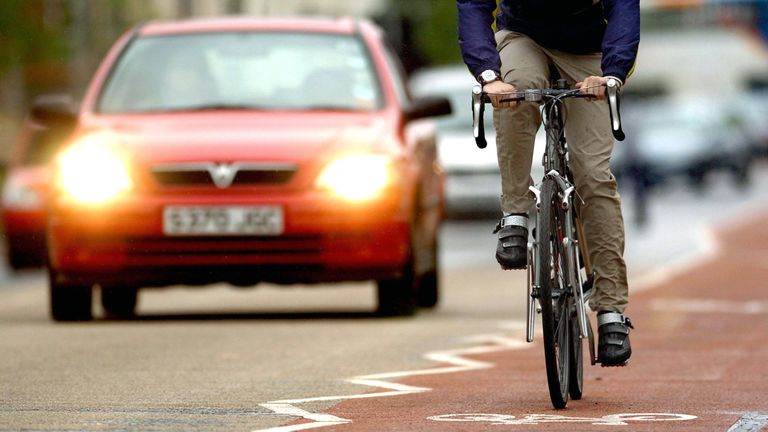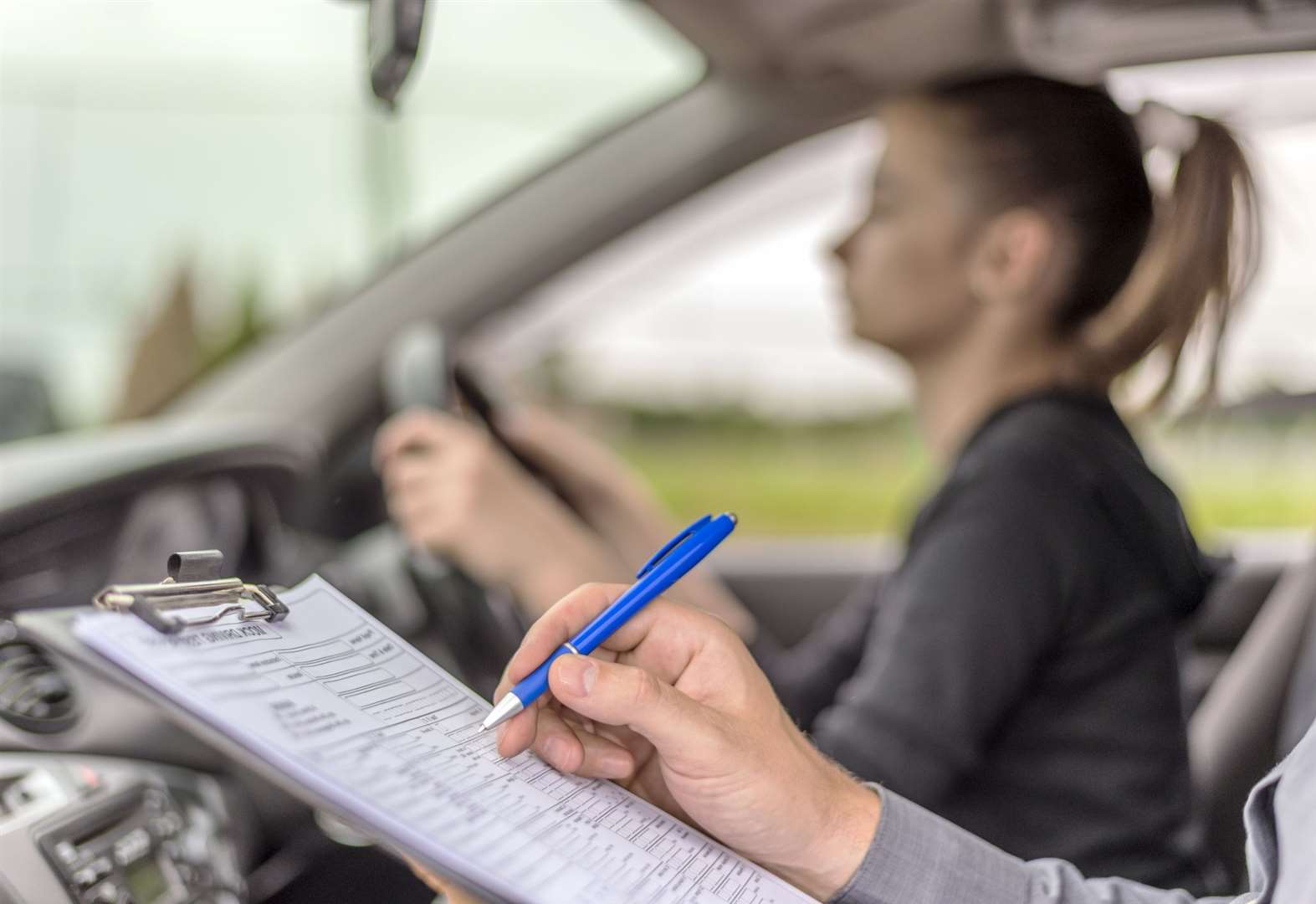
London, known for its bustling streets and iconic landmarks, is also home to millions of residents eager to obtain their driver’s licenses. However, a significant challenge that aspiring drivers in London face is the scarcity of driving test slots. In this blog post, we will delve into the reasons behind the shortage of driving test slots in the city, its impact on individuals, and potential solutions to this problem.
The Demand vs. Supply Discrepancy
London’s population density and the sheer number of individuals seeking driving licenses create a substantial gap between the demand for driving test slots and the available supply. This discrepancy has left countless Londoners struggling to secure a test date, sometimes waiting for several months before getting a chance to take their test.
Reasons for the Lack of Driving Test Slots
- High Population Density: London is one of the most densely populated cities in the world. The sheer number of residents seeking driving licenses puts immense pressure on the limited test slots available.
- Limited Test Centers: London has several driving test centers, but they are often spread out across the city. This geographic dispersion can make it challenging for individuals to find a nearby test center with available slots.
- Backlog Due to COVID-19: The COVID-19 pandemic disrupted driving tests globally, leading to a backlog of postponed tests. This backlog has further strained the availability of test slots as examiners work to catch up.
- Instructor Shortages: The demand for driving instructors in London often outstrips the supply. This can result in delays for learners in completing their required lessons and, subsequently, booking their tests.
Impact on Aspiring Drivers
The lack of driving test slots in London has several significant consequences for individuals:
- Delayed Independence: Obtaining a driver’s license is often seen as a rite of passage that grants individuals a sense of freedom and independence. Delays in securing test slots can postpone this milestone.
- Hindered Career Opportunities: Many job opportunities in London require a driver’s license. A delay in obtaining one can limit career prospects for individuals.
- Increased Costs: Extended waiting periods can lead to additional expenses, as learners may need to take more driving lessons to maintain their skills while waiting for their test.
- Frustration and Stress: The uncertainty and frustration of not knowing when one will get a test date can be emotionally taxing, affecting the mental well-being of aspiring drivers.
Potential Solutions
Addressing the lack of driving test slots in London requires a multi-faceted approach:
- Increase Test Centers: Building new test centers or expanding existing ones in strategic locations can help alleviate the shortage.
- Online Booking Systems: Implementing efficient and user-friendly online booking systems can streamline the process and reduce waiting times.
- Extended Operating Hours: Extending the operating hours of test centers, including evenings and weekends, can increase capacity.
- Training More Examiners: Increasing the number of qualified examiners can expedite the testing process.
- Prioritizing Essential Workers: Giving priority to essential workers, such as healthcare professionals and delivery drivers, can ensure they can access tests promptly.
 Buy Gifts Vouchers Here
Buy Gifts Vouchers Here Intensive Driving Courses
Intensive Driving Courses Driving Test Booking Services
Driving Test Booking Services



